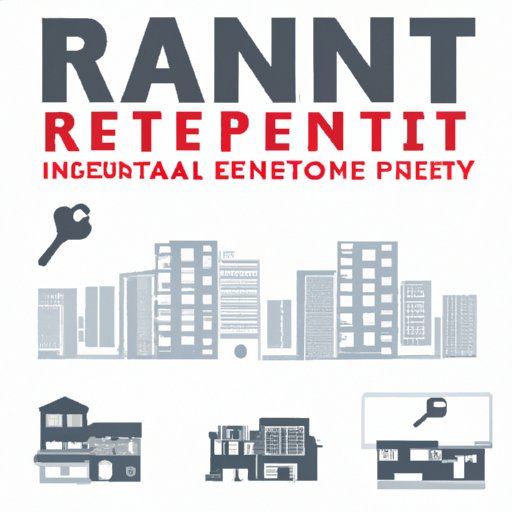Introduction
Investing in a rental property can be an excellent way to build long-term wealth. It offers the potential to generate passive income, diversify your investments, and even take advantage of certain tax benefits. However, it’s important to understand that owning a rental property also comes with risks, including the possibility of vacancies, tenant issues, and unexpected maintenance costs.
Before you get started on your journey to becoming a landlord, it’s important to understand the steps involved in finding, purchasing, and managing a rental property. This article provides a step-by-step guide to help you get started.

Identify Your Ideal Rental Property
The first step to starting a rental property is to identify the type of property you want to purchase. Location, size, and type of property will all affect the potential rental income and expenses.
Location is one of the most important factors to consider when buying a rental property. According to the National Association of Realtors, “location is the top criteria for choosing a rental property, followed by condition and price.” Additionally, you should research local laws and regulations that may affect your ability to rent out the property.
You should also determine the potential rental income and expenses. Consider the cost of repairs, renovations, and utilities, as well as the current market rate for rent in the area. These factors will help you determine if the property is a good investment.
Calculate Your Financial Readiness to Purchase a Rental Property
Once you’ve identified your ideal rental property, it’s time to calculate your financial readiness. You should analyze your current financial situation to determine how much you can afford to spend on a rental property. This includes considering any existing debt and your current income.
You should also factor in taxes. Owning a rental property can have both positive and negative tax implications. For example, you may be able to deduct certain expenses associated with the property, such as mortgage interest, insurance, and repairs. On the other hand, you may be responsible for paying taxes on rental income.
Finally, you should calculate your down payment. Generally, lenders require a minimum down payment of 20% for rental properties. However, there are some loan programs that allow for smaller down payments.

Research the Different Types of Financing Available for Rental Properties
Once you’ve determined your financial readiness, it’s time to research the different types of financing available for rental properties. You should compare loan options and understand interest rates and fees. Additionally, you should consider whether you want to use a traditional bank loan or a private lender.
It’s important to note that there are certain restrictions on the types of loans available for rental properties. For example, some lenders may not offer loans for certain types of rental properties, such as vacation rentals. Additionally, some lenders may require a higher down payment or have more stringent qualification requirements.

Develop a Solid Plan for Managing the Property and Tenants
Once you’ve secured financing, it’s time to develop a solid plan for managing the property and tenants. You should consider hiring a property manager to handle day-to-day tasks such as rent collection, maintenance, and evictions. Additionally, you should establish policies for rent collection and research property maintenance procedures.
It’s also important to understand the legal responsibilities of being a landlord. You should research local laws and regulations, such as security deposit limits and tenant rights. Additionally, you should ensure that your rental agreement complies with state and federal laws.
Conclusion
Starting a rental property involves several steps, from identifying the right property and calculating your financial readiness to researching financing options and developing a plan for managing the property. By following this step-by-step guide, you can ensure that you are prepared for the process of getting started with a rental property.
While investing in a rental property can be a great way to build long-term wealth, it’s important to understand the risks associated with owning a rental property. Vacancies, tenant issues, and unexpected maintenance costs can all have an impact on your bottom line. As with any investment, it’s important to do your research and understand the potential rewards and risks before getting started.
(Note: Is this article not meeting your expectations? Do you have knowledge or insights to share? Unlock new opportunities and expand your reach by joining our authors team. Click Registration to join us and share your expertise with our readers.)
